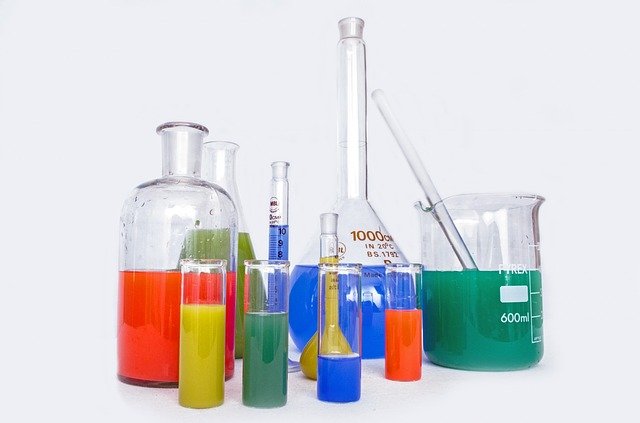
The pKa is a measure of acidity.
In the field of chemistry we can find the expression pKa . This is a measure of acidity , calculated using the negative logarithm (-log) of the acid dissociation constant Ka .
It can be said that pKa is a magnitude that reflects how the molecules of an aqueous solution tend to dissociate . To understand what the notion of pKa alludes to, however, it is necessary to review other concepts.
Understanding the concept
Scales , calculations and constants such as pKa , Ka and pH refer to the strength of bases and acids and how alkaline or acidic a solution is . The appearance of an initial p establishes that we are dealing with a -log : therefore, pKa is the negative logarithm of Ka .
Let's start by focusing on pH , which indicates the concentration of hydrogen ions . When the pH of the solution is less than 7 , it is acidic ; If it is greater than 7 , it is classified as alkaline ; and if it is equal to 7 , as neutral .
What does pKa do?
What pKa does is describe the level of ionization and reflect the acceptance or donation of protons against a specific pH value. The dissociation constant of the acid is Ka ; As we already said, pKa is the negative logarithm or -log of the constant in question.
Just as a high Ka reveals a strong acid (since it dissociates into its ions ), a reduced Ka is linked to a weak acid (it dissociates little). On the other hand, a small pKa is related to a strong acid and a large pKa is related to a weak acid.
It is important to mention, on the other hand, that PKA (the three letters in capital letters) is an acronym that comes from the English protein kinase A. Protein kinase A is part of a family group of enzymes that acts in the body according to the concentration of cyclic adenosine monophosphate .

It can be said that the pKa is a magnitude that shows the tendency of the molecules in an aqueous solution to dissociate.
The notion in the pharmaceutical industry
In cases where the compound has a limited solubility value in water , in areas such as the pharmaceutical industry it is very common to look for pKa values in solvent mixtures such as those that combine water and dioxane or water and methanol , in which the compound is more soluble. If the mixture is water and dioxane, for example, it can be seen that the pKa increases sharply as the dioxane increases and the dielectric constant decreases.
It is worth mentioning that the dielectric constant is also called relative permittivity and is defined as a macroscopic property of a continuous medium that indicates how much it is affected by a given electric field . It is important to note that pKa values obtained in solvent mixtures cannot be used directly in an aqueous solution.
This impossibility is due to the fact that the activity of a solvent when it is in its standard state is considered unity. An example is given in the water:dioxane mixture, in which its standard state is 9:1, the mixture without added solutes. To obtain the pKa value that can be used in aqueous solutions, it is necessary to extrapolate those obtained from various cosolvent mixtures to bring them to a cosolvent concentration of zero.
By omitting the solvent in the expression generally used for the definition of pKa, we obscure the facts stated above. However, the pKa values that we obtain in a mixture of solvents can be compared with others if we take into account the relative acidic strengths. This is also true for those obtained from a non-aqueous solvent such as dimethyl sulfoxide (a colorless liquid known as DMSO and used as a solvent industrially; its formula is CH3SOCH3).
